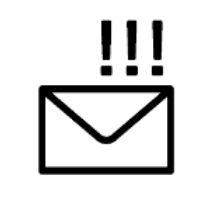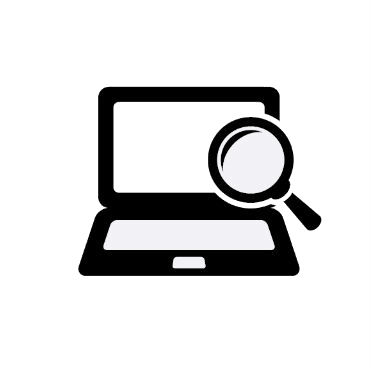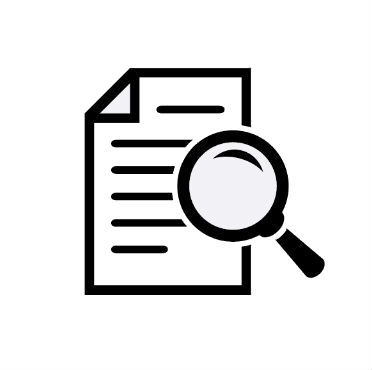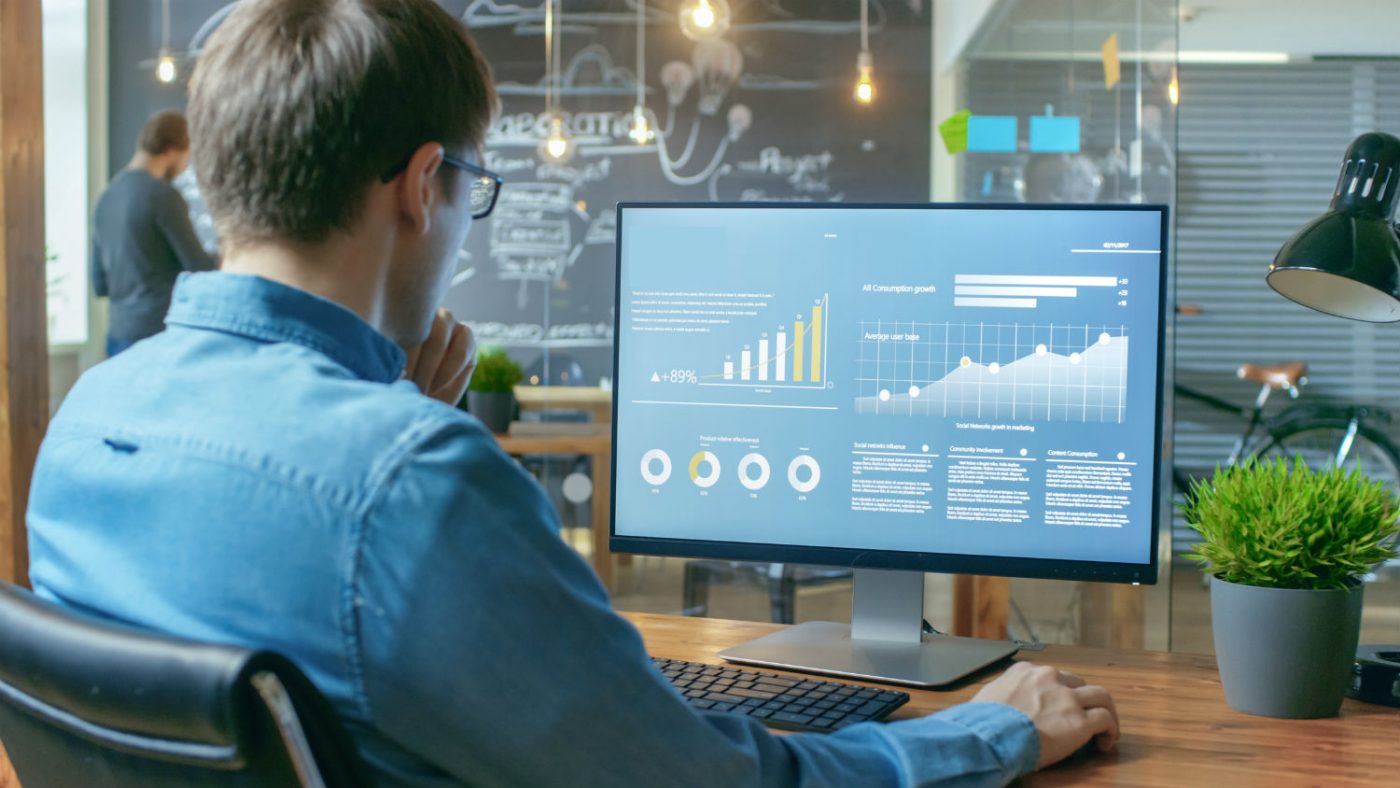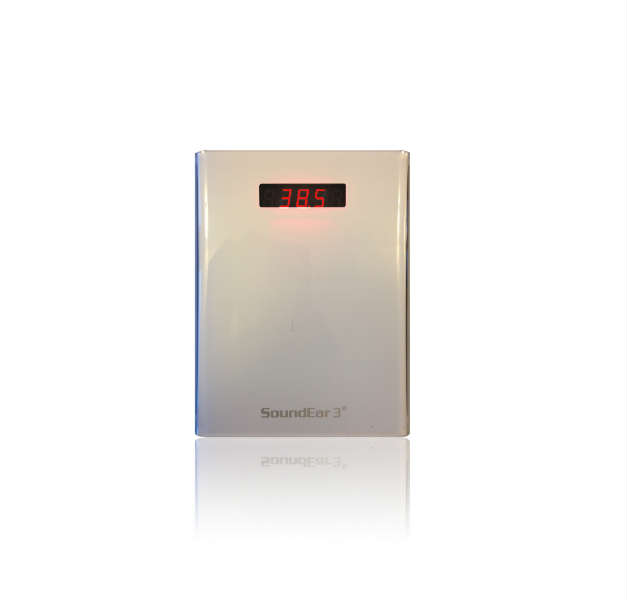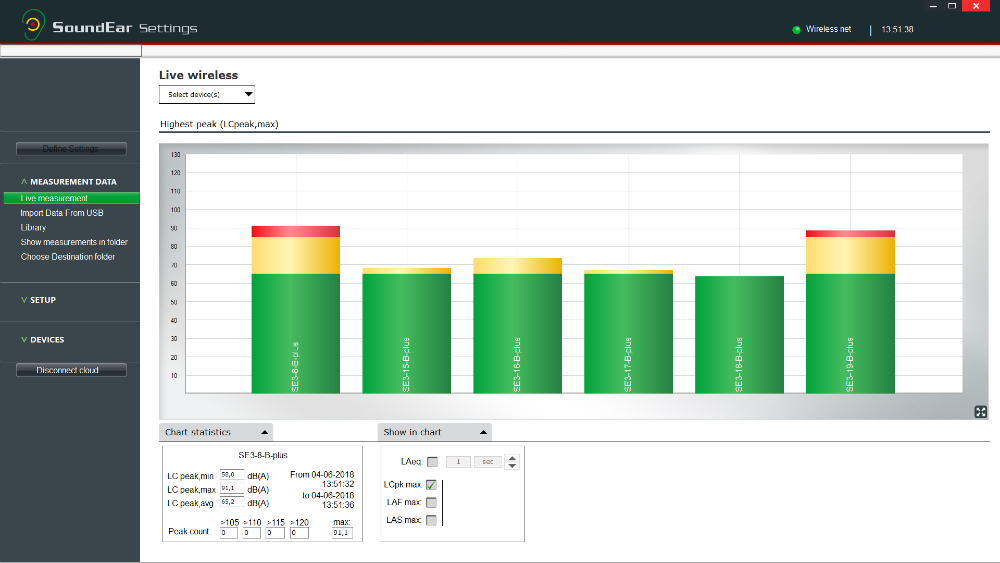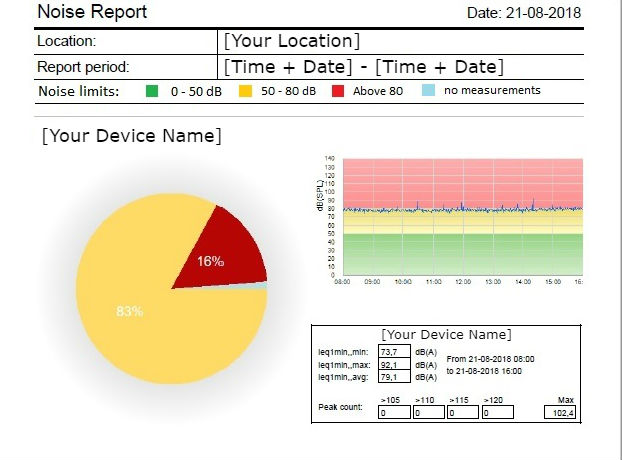No products in the cart.
Examples of SoundEar3-320 in use:
Comparing Noise Levels over Time:
“We are comparing the noise levels of rooms with the ear showing when there is too much noise [using SoundEar3-300] to the noise levels of rooms without the ear [using SoundEar3-320]. We can do this using the software, in which we can track noise levels over time for all the rooms in the NICU.”
Integrating with Building Management System:
“We use SoundEar3-320 to detect when noise levels are low (<30 dB), meaning that nobody is in the room. This information is sent via an analogue signal to our building management system, which then turns of the lights in the room, saving power.”

 Dansk
Dansk Deutsch
Deutsch Svenska
Svenska
